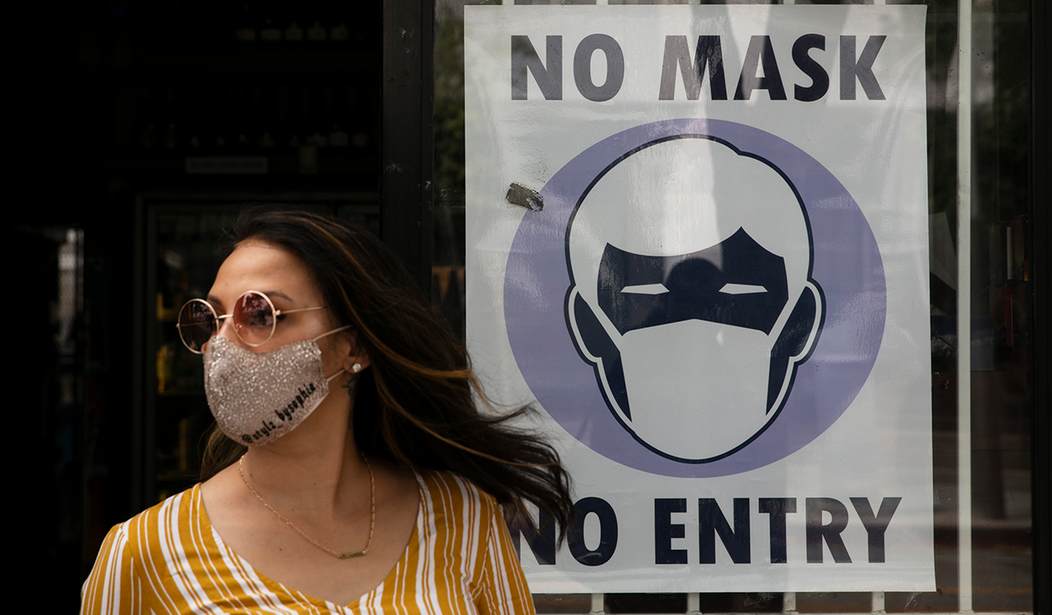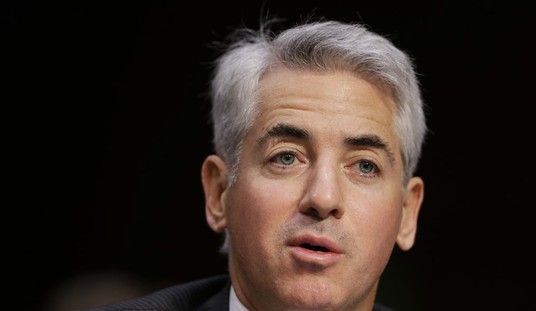The misleading narrative the corporate media tells about COVID-19—the need for increased testing and the continued references to “asymptomatic infections”—is getting ridiculous. The political motivations are clear, as left-leaning journalists beat the drum for continued lockdowns and feature only doctors who parrot their narrative.
At some point, Americans are going to wake up and figure out the narrative that has been foisted on them is misleading at best and deliberate manipulation at worst. Let’s start with Sweden. The country has been a constant source of media speculation because the Swedish government chose to pursue herd immunity. While they provided their citizens with recommendations, they never locked down and never closed primary schools.
Lies, Damn Lies, and COVID-19 Statistics
Despite the criticism Sweden took for its approach, results have not been worse than many of its neighbors. In fact, in some cases, they are better. As of Sunday, Sweden’s death rate per 100,000 people was 56.4. This rate is lower than that in the U.K. (69.9), Spain (60.8), and Italy (58.16). Italy had some of the most severe lockdowns outside of China.
Sweden’s case fatality rate was also the lowest in Europe. This metric means that for people with confirmed cases, the percent who died was the lowest. According to Worldometer, new daily cases appear to have peaked on June 29. They have continued to decline to a steady-state of between 200 and 300 per day on a rolling basis. Daily deaths have also been declining, with one reported on August 8 and none since.
In March, Stockholm stopped testing symptomatic patients unless they were hospitalized or in a high-risk group. Dagens Nyheter:
On Wednesday, Region Stockholm’s way of handling new suspected cases of the new corona virus changed. Sampling for new suspected cases will be concentrated on those who are already in hospital. Others, who are not in a risk group, will not be tested.
These are instead encouraged to stay at home and not to hang out with anyone other than the person or people you live with, says Erik Berglund.
– If you are 20 years old and strong, you have to wait out the disease.
“You who have coronavirus-like symptoms will not be tested. This applies regardless of whether you have been in the areas that have previously been exposed to infection or had close contact with someone you know is ill with covid-19 “, the region writes in a press release.
Sweden: Coronavirus and the Concept of ‘Trade-Offs’
You would think the experience of Sweden, given its low case fatality rate and approach to testing in its largest city, would interest or inform public policy in other countries. Thankfully, it has intrigued some researchers who believe they have found the answer. Several studies have shown that unexposed individuals have responsive T-cell immunity.
This immunity is different than the antibodies that current tests are looking for. These are the body’s short-term immunity that develops with a new infection.
In July, a study published in Nature sought to determine whether people exposed to SARS were immune to COVID-19. The T cells of these subjects were reactive to COVID-19. The researchers were surprised to find that subjects with no history of exposure to SARS or COVID-19 showed T-cell reactivity as well. These subjects reacted to protein fragments similar to those in coronaviruses that cause the common cold. (COVID-19 is part of a family of viruses that cause the common cold. Characterizing it as “novel” was always an overreach.)
This study confirmed the findings of additional research in April and June that found subjects not exposed to COVID-19 demonstrated active T-cell immunity to the virus. These studies show that somewhere between 40% and 60% of subjects demonstrate this T-cell reaction. This crossover immunity likely explains quite a few things that the media and their talking-head Health Experts™ aren’t telling you.
6 Questions an Honest, Intelligent Reporter Would Ask Dr. Fauci About COVID-19
First, some portion of the population is already immune. That means the number of new infections required to reach herd immunity is much lower than initially thought. Using the study estimates, somewhere between 10% and 30% would need to be infected with COVID-19 to reach the 60-70% rate epidemiologists originally projected for herd immunity.
Given that assumption, the Southeast is going through a typical disease curve that matches what was seen in Sweden and other countries. Georgia, Florida, and Texas are all moving through that curve. If the CDC estimate of confirmed cases needs to be multiplied by ten to get the actual infection rate, then Georgia and Florida are hovering at around 20% and 24%, respectively. Texas, which reimposed some restrictions, is lagging a bit at approximately 17%.
Next, this explains why the virus impacted the elderly and not children and those who were younger. T-cell immunity degrades with advanced age:
T cells play an important role in the body’s immune response to viral infections and tumors, but T cell immunity wanes as we age, thus increasing our susceptibility to these diseases.
This type of immunity could also mean that vaccinations for COVID-19 may look more like those for the flu. Prioritizing the elderly and at-risk would be necessary. Herd immunity does not entirely stop a virus from spreading, but it prevents it from spreading quickly. It is likely that cases will become part of the flu-like illnesses that the CDC tracks yearly.
Despite this research, you still see commentators saying things like this:
Joining @NewDay @CNN: we are going in the wrong direction when tests in the US are going down not up. There needs to be a new strategy: widespread rapid testing for everyone to use for screening. That can pick up many more asymptomatic #covid19 infections https://t.co/xQFRMwDevg
— Leana Wen, M.D. (@DrLeanaWen) August 11, 2020
The constant demand for new testing is just to drive up case numbers in order to keep you scared and compliant. We know this from the CDC’s website. Whether a person has T-cell immunity or successfully recovers from an infection, they may have virus particles in their nasal passages for up to 90 days. Getting tested in the absence of symptoms is of very little value:
Available data indicate that persons with mild to moderate COVID-19 remain infectious no longer than 10 days after symptom onset. Persons with more severe to critical illness or severe immunocompromise likely remain infectious no longer than 20 days after symptom onset. Recovered persons can continue to shed detectable SARS-CoV-2 RNA in upper respiratory specimens for up to 3 months after illness onset, albeit at concentrations considerably lower than during illness, in ranges where replication-competent virus has not been reliably recovered and infectiousness is unlikely.
There is no data in the recommendations that indicate a person without symptoms has a viral concentration high enough to pass the virus to others. Yet the idea of the asymptomatic superspreader persists.
However, an asymptomatic person can test positive. This false positive can occur because the PCR test is so sensitive. It can pick up pieces of RNA in a virus particle that have been neutralized by an individual’s T-cell immunity, just as it can in a patient who has symptoms and developed antibodies to neutralize the virus.
The Good News the Media and Our Health Experts™ Are Hiding About COVID-19
The CDC guidance also states that retesting an asymptomatic individual in the 90 days following symptomatic infection is not likely to yield useful results:
If such a person remains asymptomatic during this 90-day period, then any re-testing is unlikely to yield useful information, even if the person had close contact with an infected person.
Yet employers, schools, and other institutions are still requiring retesting to return after symptomatic disease or exposure without symptoms.
This information should make us question why people need to be tested in the absence of symptoms at all. Especially since COVID-19 has a pretty reliable sign that is notable in the six identified courses of the illness: the loss of smell. If you have flu-like symptoms and can’t smell anything, get a test. If you are exposed, quarantine as recommended. The CDC is currently saying onset of symptoms may occur 2-14 days after exposure, so two full weeks is likely what a school or employer should require.
However, testing just to test may be leading to false positives. The CDC’s advice says the tests being used can pick up virus particles incapable of replicating or causing an infection. At this point, retests are not counted separately from initial tests in any dashboard I can find. The persistent RNA particles detectable in a recovered patient are also increasing positive tests.
It is incredible that the CDC’s page, updated in mid-July, makes no mention of the studies related to T-cell immunity. However, this information should have every American questioning lockdown restrictions of any kind, masking mandates for people without symptoms, and unnecessary tests. Our Health Experts™ have some new questions to answer if we could find a courageous reporter to ask.










Join the conversation as a VIP Member